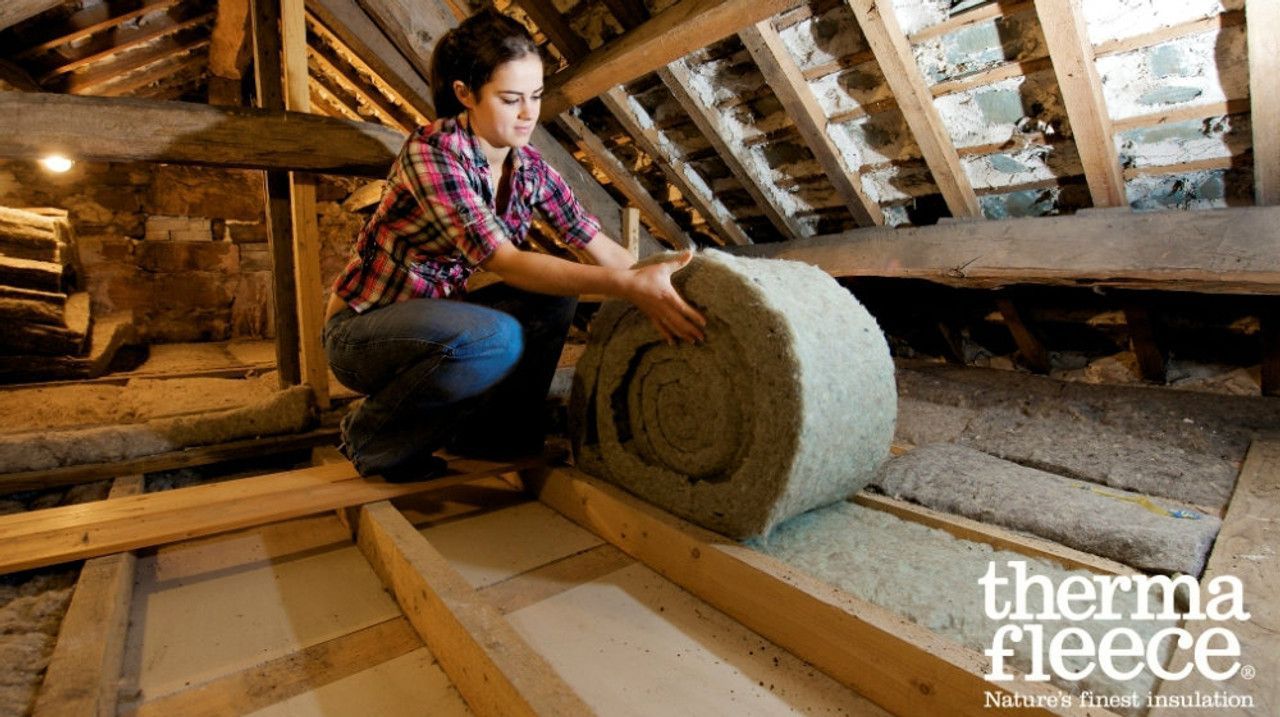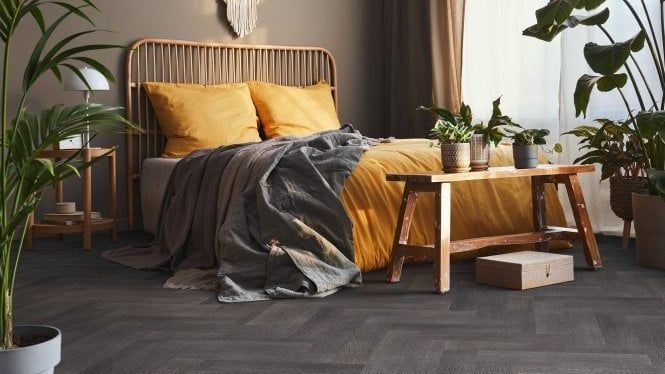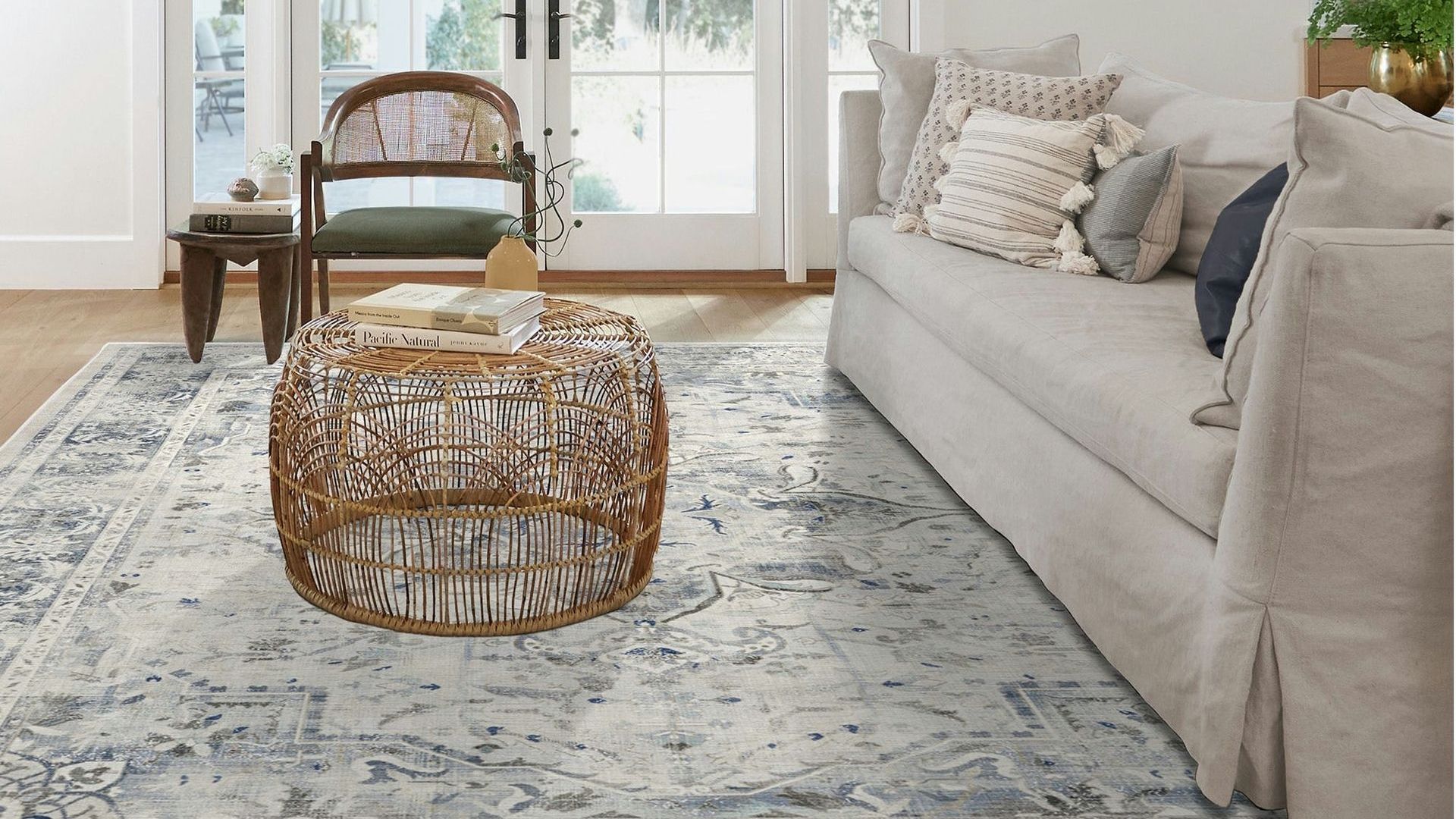Invisible Impact: The Hidden Footprint of Common Home Materials
Our mission at Zero Wasted is to help you make more informed decisions when trying to buy more consciously - we do all the research so you don't have to. We sometimes use affiliate links on our site. We only recommend products we love, that we think you will too.
Every day, the materials in our homes contribute to the overall environmental footprint we leave behind, often in ways that are invisible to the naked eye. From the windows that frame our view to the floors we walk on every day, these materials have hidden costs. This cost is known as embodied carbon—the total carbon emissions generated throughout a material's lifecycle—from extraction to manufacturing and installation.
Understanding the environmental impact of the materials in our homes can help us make more sustainable choices, and contribute to a greener, healthier planet. This guide will explore how we can assess these impacts using lifecycle assessments, to minimise environmental harm and make
informed choices when buying furniture or redecorating our homes.
Understanding Lifecycle Assessments
A Lifecycle Assessment (LCA) is a powerful tool for understanding the full environmental impact of a product from its creation to its eventual disposal. When applied to home materials, LCAs provide insight into the energy and resources consumed at each stage of a material’s life, as well as the emissions and waste it generates.
For example, a wooden door seems like an eco-friendly choice, but an LCA might reveal the energy used in harvesting, processing, and transporting the wood, as well as its potential recyclability. Understanding this helps us make informed choices in choosing brands that factor this energy into their sourcing and production methods.
Evaluating lifecycle assessments for materials such as wood, vinyl, aluminium, and fibreglass can reveal significant differences in their environmental footprints. Homeowners who familiarise themselves with LCAs can use this data to make more informed, sustainable choices when selecting materials for their homes.
Regulating Temperature with Insulation
Insulation plays a critical role in a home's energy efficiency by regulating temperature and reducing the need for additional heating and cooling measures, which significantly lowers your energy consumption. However, not all insulation materials are created equal, especially where environmental impact is concerned.
Traditional options like fibreglass and foam have high energy costs associated with their production and aren’t always easy to recycle at the end of their life. On the other hand, eco-friendly options such as cellulose (made from recycled paper), wool, and cotton aren’t just renewable but also biodegradable, making them more sustainable in the long run. What’s more, natural materials often require less energy to produce.
The Impact of VOCs
Volatile Organic Compounds (VOCs) are chemicals emitted as gases from certain solids or liquids, including many common home materials. They’re found in products such as paints and adhesives, but also carpets and furniture. VOCs contribute to indoor air pollution, which can affect our health, and their release during manufacturing and disposal can also have broader environmental impacts.
These long-term environmental effects include contributing to air pollution and the depletion of the ozone layer which exacerbates climate change. To reduce these harmful effects, homeowners should opt for low-VOC or VOC-free materials when possible. For instance, natural options like wool carpets, water-based paints, and non-toxic adhesives can significantly reduce VOC emissions in our homes.
Making Sustainable Flooring Choices
Many people don’t realise that our floors are one of the most significant contributors to a home’s environmental footprint, in large part due to the vast quantities of materials required and the energy-intensive processes involved in their production. Common flooring materials such as hardwood, laminate, vinyl, tile, and carpet all have varying degrees of environmental impact.
Hardwood floors are recyclable but contribute towards deforestation, while vinyl, a petroleum-based product, has a high carbon footprint and can release harmful chemicals over its lifetime. Fortunately, there are sustainable alternatives.
Bamboo, for example, grows rapidly and regenerates without replanting, making it a renewable resource, while cork, made from the bark of the cork oak tree, doesn’t require the tree to be cut down at all. Another option is to opt for reclaimed wood, recycled-content tiles, and linoleum (made from natural materials like linseed oil and cork dust) which are excellent eco-friendly choices.
Choosing Energy-Efficient Windows and Doors
Windows and doors are critical to a home's energy efficiency. They serve as gateways for heat loss or solar gain, depending on their quality and placement, so they play a significant role in how much energy is required to heat or cool a home. However, the materials used for modern windows and doors still carry their own environmental costs. The vinyl used for double glazing, while offering good insulation properties, isn’t easily recyclable and it’s made from petroleum, which contributes to further environmental degradation.
Wooden windows and doors on the other hand, while renewable, require careful consideration of sourcing to avoid contributing to deforestation, while aluminium and fibreglass can have a higher energy cost in terms of their production. To strike the right balance between recyclability and minimal production costs, homeowners should look for energy-efficient windows with double glazing and low-emissivity (Low-E) coatings to improve insulation.
Reducing the Footprint of Textiles
Textiles in the home, such as upholstery, curtains, and rugs, may seem like minor contributors to environmental harm, but their production processes can be highly resource-intensive and polluting. Materials like polyester, nylon, and conventional cotton have significant environmental costs. The latter requires high levels of water to be produced, as well as pesticides which have a negative impact on ecosystems. Likewise, polyester and nylon, derived from petroleum, also contribute to plastic pollution.
Once again, there are more sustainable textile alternatives available. Organic cotton, for example, is grown without using harmful pesticides and uses far less water than conventional cotton. Wool and hemp are also renewable, biodegradable fibres that are naturally resistant to pests and don’t require extensive chemical treatments. Alternatively, you could opt for recycled polyester that repurposes plastic waste.
When selecting textiles for the home, homeowners can
look for certifications such as Global Organic Textile Standard (GOTS), OEKO-TEX, and Fair Trade, which ensure the materials meet strict environmental and safety standards. Additionally, opting for durable fabrics and maintaining them properly can help reduce the need for frequent replacements, further minimising the environmental impact of your home.
The materials that make up our homes have a hidden environmental cost that’s so often overlooked. But understanding the lifecycle impacts of these materials helps us to choose sustainable options and minimises harmful emissions like VOCs to create homes that are not only comfortable and stylish but also environmentally responsible.
Browse the UK’s most
sustainable products, curated by Zero Wasted, to help you live a more sustainable lifestyle.
Newsletter Signup










